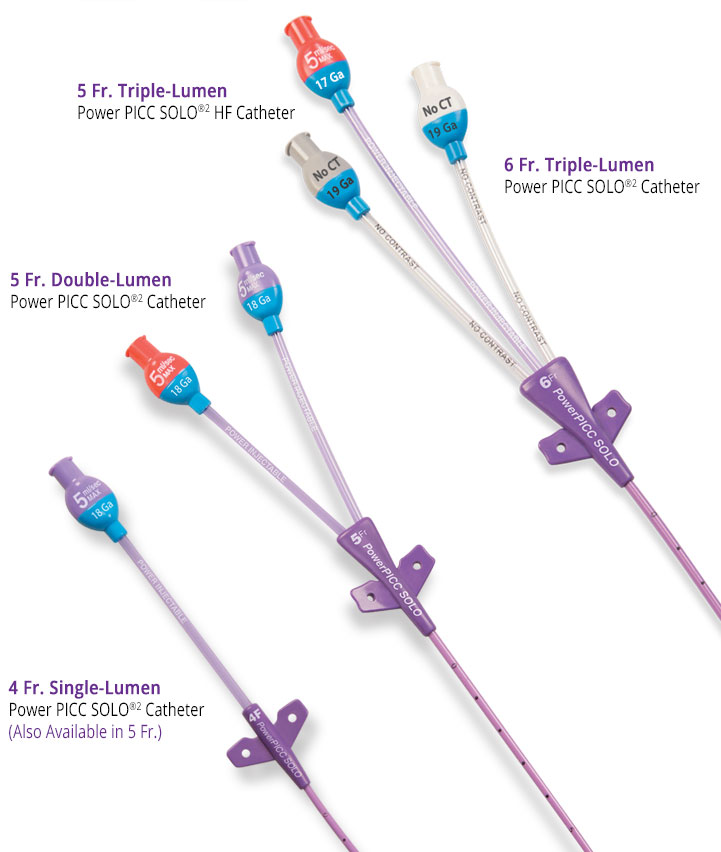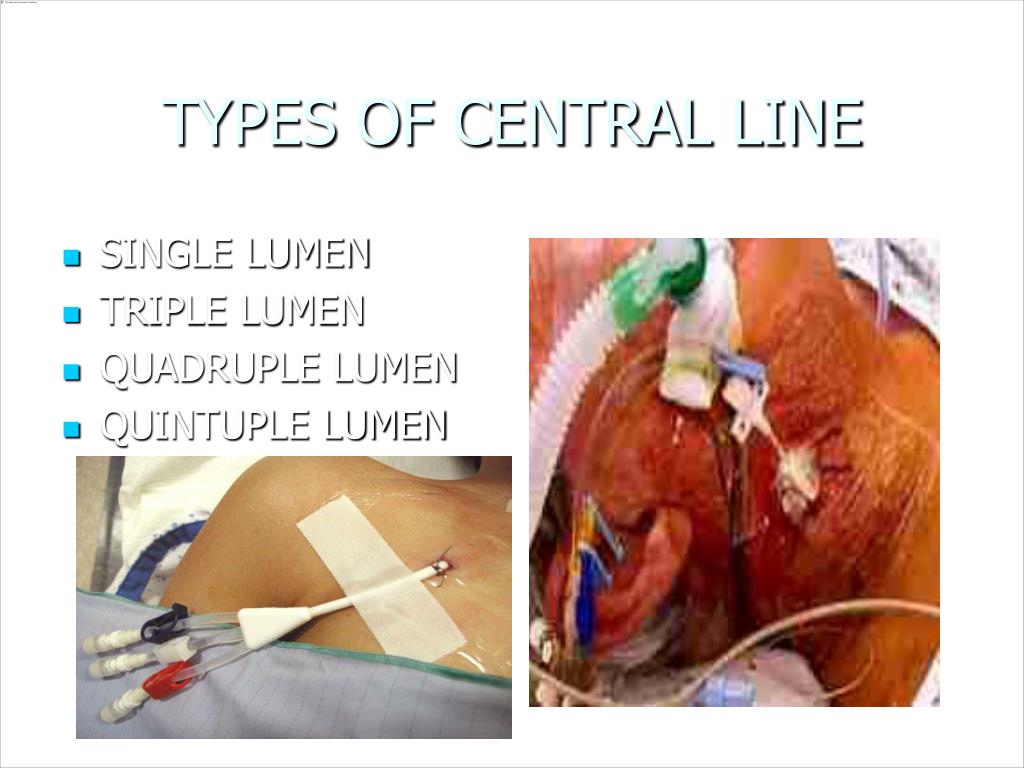

The cultures are compared for number of colonies with line infection indicated by 5:1 ratio (CVC versus peripheral). A meta-analysis found "Paired quantitative blood culture is the most accurate test for diagnosis of IVD-related bloodstream infection. For experienced clinicians, the incidence of pneumothorax is about 1%.Īll catheters can introduce bacteria into the bloodstream, but CVCs are known for occasionally causing Staphylococcus aureus and Staphylococcus epidermidis sepsis.Ī patient with a central line, fever, and no obvious cause of the fever may have catheter-related sepsis. In catheterization of the internal jugular vein, the risk of pneumothorax can be minimized by the use of ultrasound guidance. The incidence is thought to be higher with subclavian vein catheterization. Pneumothorax (for central lines placed in the chest) - this is why doctors routinely order a chest X-ray (CXR) after insertion of a subclavian or internal jugular line. Sterile technique is highly important here, as a line may serve as a porte d'entrée (place of entry) for pathogenic organisms, and the line itself may become infected with organisms such as Staphylococcus aureus and coagulase-negative Staphylococci. For such indications, a Hickman line, a PICC line or a portacath may be considered because of their smaller infection risk. Need for intravenous therapy when peripheral venous access is impossibleĬentral venous catheters usually remain in place for a longer period of time, especially when the reason for their use is longstanding (such as total parenteral nutrition in a chronically ill patient).Drugs that are prone to cause phlebitis in peripheral veins (caustic), such as:.Monitoring of the central venous pressure (CVP) in acutely ill patients to quantify fluid balance.Indications for the use of central lines include: Regular flushing with saline or a heparin-containing solution keeps the line patent and prevents infection. The catheter is usually held in place by a suture or staple and an occlusive dressing. Some catheters have 4 or 5 lumens, depending on the reason for their use. Please consult product labels, IFU, and package inserts for any indications, contraindications, hazards, warnings, cautions, and instructions for use.Dependent on its use, the catheter is monoluminal, biluminal or triluminal, dependent on the actual number of tubes or lumens (1, 2 and 3 respectively,). Warning: Power injector machine pressure limiting feature may not prevent over pressurization of an occluded catheter. Exceeding the maximum flow rate of 5ml/sec may result in catheter failure and/or catheter tip displacement. Warning: Do not exceed the maximum flow rate of 5ml/sec. Warning: Failure to warm contrast media to body temperature or ensure patency of the catheter prior to power injection may result in catheter failure. The maximum pressure of power injectors used with the PowerHohn® catheter may not exceed 300psi. The maximum recommended infusion rate is 5ml/sec. fluids, blood products, drugs and parenteral nutrition solutions, as well as blood withdrawal and power injection of contrast media. PowerHohn® catheters are indicated for short or long term access to the central venous system. Triple-Lumenġ, 2, 3 Joint Commission National Patent Safety Goals, (IHI) Institute for Healthcare Improvement, (CDC) Centers for Disease Control. Policies, Guidelines and Statements CenterĪvailable sizes: 5 Fr.ESG (Environmental, Social, and Governance).


Vascular Access and Medication Delivery.



 0 kommentar(er)
0 kommentar(er)
